The rise of generative AI has sparked an intense debate across the creative industries: Is this advanced technology replacing human creativity, or is it redefining what creativity means in the modern world? From artwork and music composition to writing and film production, AI has proven capable of producing work that rivals that of human creators. But how much of this innovation is truly original, and where does human input fit into the equation?
In this article, we will explore the relationship between generative AI and creativity, questioning whether machines can genuinely create or if they are merely tools that enhance and transform human-driven artistic expression.
The Birth of Generative AI
Generative AI refers to a class of algorithms that learn patterns from vast datasets and then generate new content based on those patterns. These systems, such as OpenAI’s GPT models, MidJourney, and DeepDream, can generate anything from text to images to music, simulating processes that are traditionally considered the domain of human creators.
The breakthrough that allowed AI to create at this level stemmed from advancements in machine learning, particularly deep learning. Neural networks, inspired by the human brain, have allowed AI to analyze and understand complex patterns, making it possible to generate content that is not only coherent but aesthetically and functionally valuable.
While this technology is still relatively new, it has already begun to make significant waves in various creative industries. For example, in the world of fine art, AI algorithms have been used to create stunning digital paintings, while in the realm of writing, AI tools are helping authors draft everything from novels to marketing content.
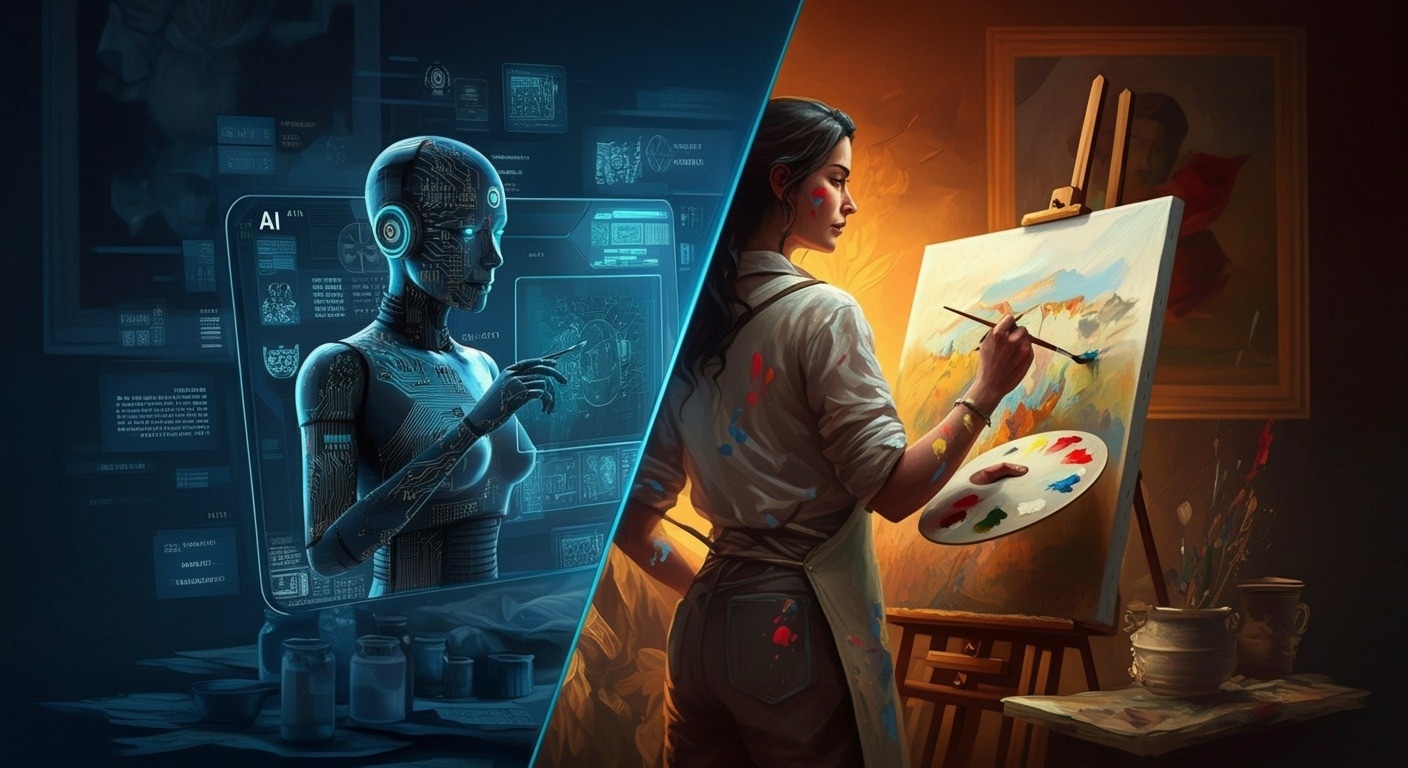
The Evolution of Creativity: A New Paradigm
For centuries, creativity has been understood as a distinctly human trait — an expression of emotion, individuality, and intuition. The traditional view of creativity involves a blend of inspiration, skill, and the ability to see the world through a unique lens. However, with the advent of generative AI, that definition is being tested.
AI’s ability to generate images, music, and even narratives that are not only compelling but often indistinguishable from human-created works raises the question: Can machines truly be creative?
Creativity, in essence, has always involved a mix of novelty and utility. It is the ability to take existing ideas, processes, or concepts and combine them in a way that is innovative. AI, unlike human creators, does not experience emotions or have consciousness, so its creativity is based purely on data and patterns. The question, then, is whether this kind of “algorithmic creativity” can be considered authentic or if it is merely a mimicry of human creativity.
AI as a Tool for Augmentation
Rather than replacing creativity, many argue that generative AI serves as a tool that augments human creativity. In fact, for many artists and creators, AI is a partner rather than a competitor. It can handle repetitive tasks, suggest new ideas, or provide a starting point that sparks further innovation.
Take music composition, for instance. AI algorithms can analyze millions of musical compositions and generate new melodies or harmonies based on that data. However, it is up to the human composer to refine and shape these creations into something meaningful, adding emotional depth and nuance that the machine cannot replicate.
Similarly, in visual arts, AI-generated pieces can serve as a foundation for artists to build upon. They can generate countless variations of a concept or style, which the artist can then manipulate to create something truly unique.
This collaborative relationship between human creators and AI highlights the concept of co-creation. AI is not an independent creator but rather a facilitator of the creative process. It opens up new possibilities for artists to explore previously uncharted territories of their medium.
The Ethical Dilemma: Ownership and Authenticity
As generative AI becomes more integrated into creative processes, new ethical dilemmas arise, particularly regarding ownership and authenticity. Who owns the rights to a work created by AI? Is it the creator who guided the AI, the company that built the algorithm, or the AI itself? These are questions that the legal system has yet to fully address.
Moreover, if AI can produce works that are indistinguishable from human-made creations, what happens to the concept of “authenticity” in art? Does it diminish the value of human-made art if machines can now replicate the same processes? And if AI can generate original works, can we still claim that human artists are the ultimate source of creativity?
These questions complicate the landscape of intellectual property, with various stakeholders, including artists, AI developers, and legal experts, pushing for new frameworks to navigate this emerging terrain.
The Role of Human Emotion in Creativity
One of the key arguments against AI as a true replacement for human creativity is its lack of emotional depth. Humans create not just to innovate but to express their inner worlds. Art, literature, and music are often deeply connected to human experience, reflecting struggles, triumphs, and perspectives that resonate with others on a profound level.

AI, by contrast, does not experience life or emotion. It cannot draw from personal experience or intuition to infuse its work with the same kind of meaning that a human artist can. While AI can mimic the styles of famous artists or composers, it cannot fully replicate the personal touch that makes creative works resonate with audiences.
This raises an important question: Can we truly appreciate a work of art or music created by an AI in the same way we do one created by a human? Is there an emotional connection that is lost when the creator is not a person, but a machine?
Redefining the Future of Creativity
Rather than viewing AI as a replacement for human creativity, we can look at it as a tool that redefines the future of creative expression. Artists, writers, and musicians can use AI to explore new ideas and push the boundaries of their work. In doing so, they can challenge traditional notions of creativity and forge a new path for the future of the arts.
AI can help democratize creativity by lowering barriers to entry. Those without formal training in art or music can use AI to generate high-quality content, enabling more people to express their creativity in ways that were once reserved for professionals. In this sense, AI is not replacing the artist but empowering a new generation of creators to find their voice.
Moreover, AI can open up entirely new genres and mediums that were previously unimaginable. For example, AI-generated interactive storytelling experiences or virtual reality art are areas that are just beginning to gain traction, allowing creators to experiment in novel ways. These new forms of creative expression may one day become mainstream, changing the way we think about art and creativity.
Conclusion: A New Era of Creative Collaboration
Generative AI is neither a replacement for creativity nor a simple tool that leaves human creators irrelevant. It is, in fact, a redefining force that challenges existing paradigms and invites us to rethink what it means to be creative in the 21st century.
The future of creativity will likely be one of collaboration — between humans and machines, between the old and the new, between intuition and calculation. Rather than undermining the creative process, AI has the potential to augment and elevate human creativity in ways we can only begin to imagine.
As we continue to explore the possibilities of AI in creative fields, it is essential to strike a balance between embracing technological advancements and preserving the human touch that makes art, music, and literature so powerful. In the end, it is the fusion of human emotion, intuition, and machine innovation that will lead to a truly revolutionary creative landscape.

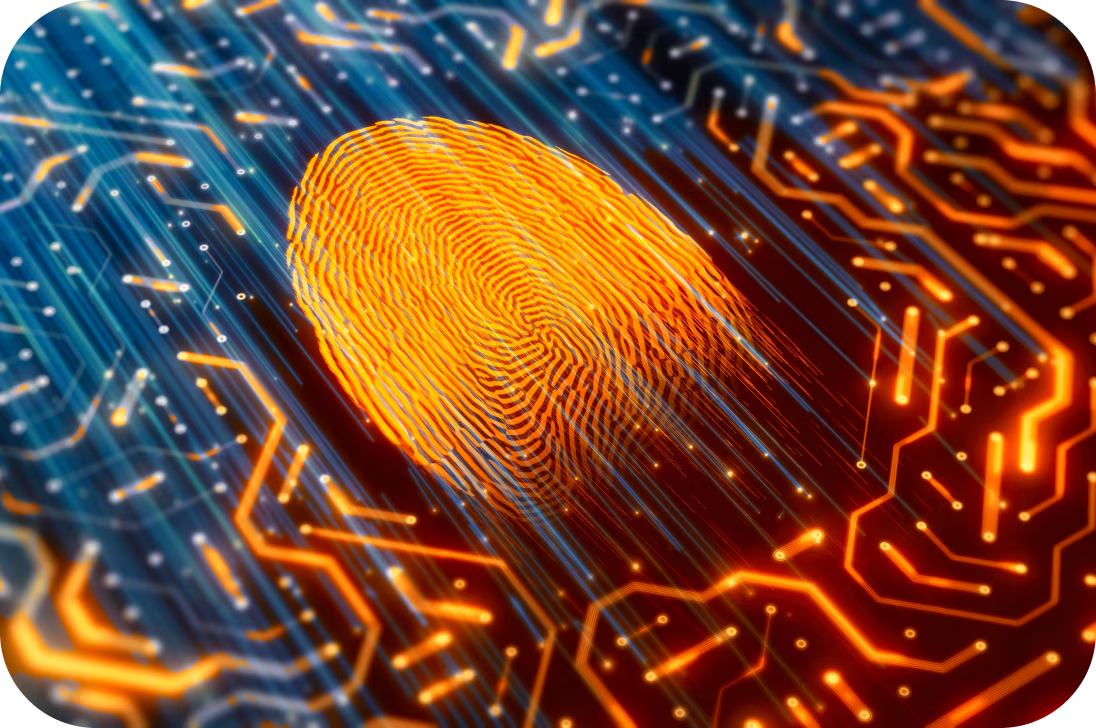
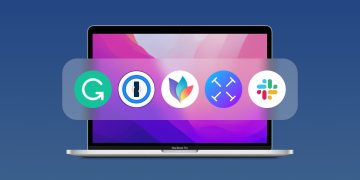
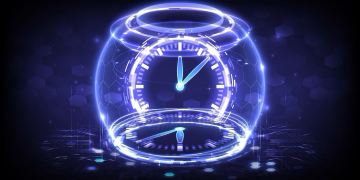
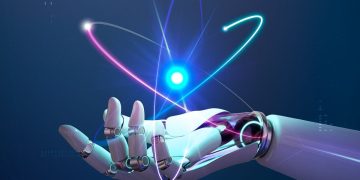

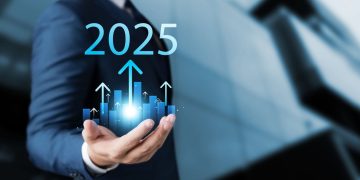
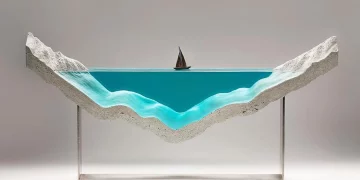
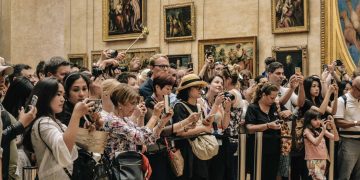



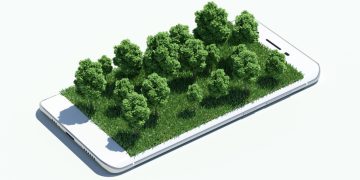
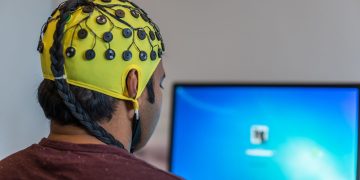

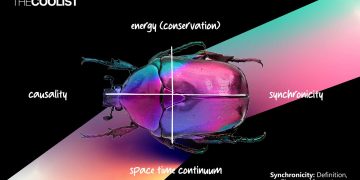
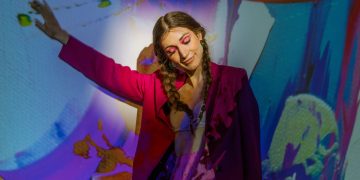
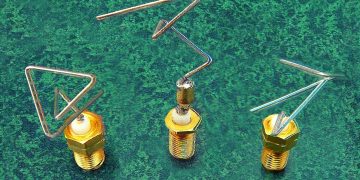




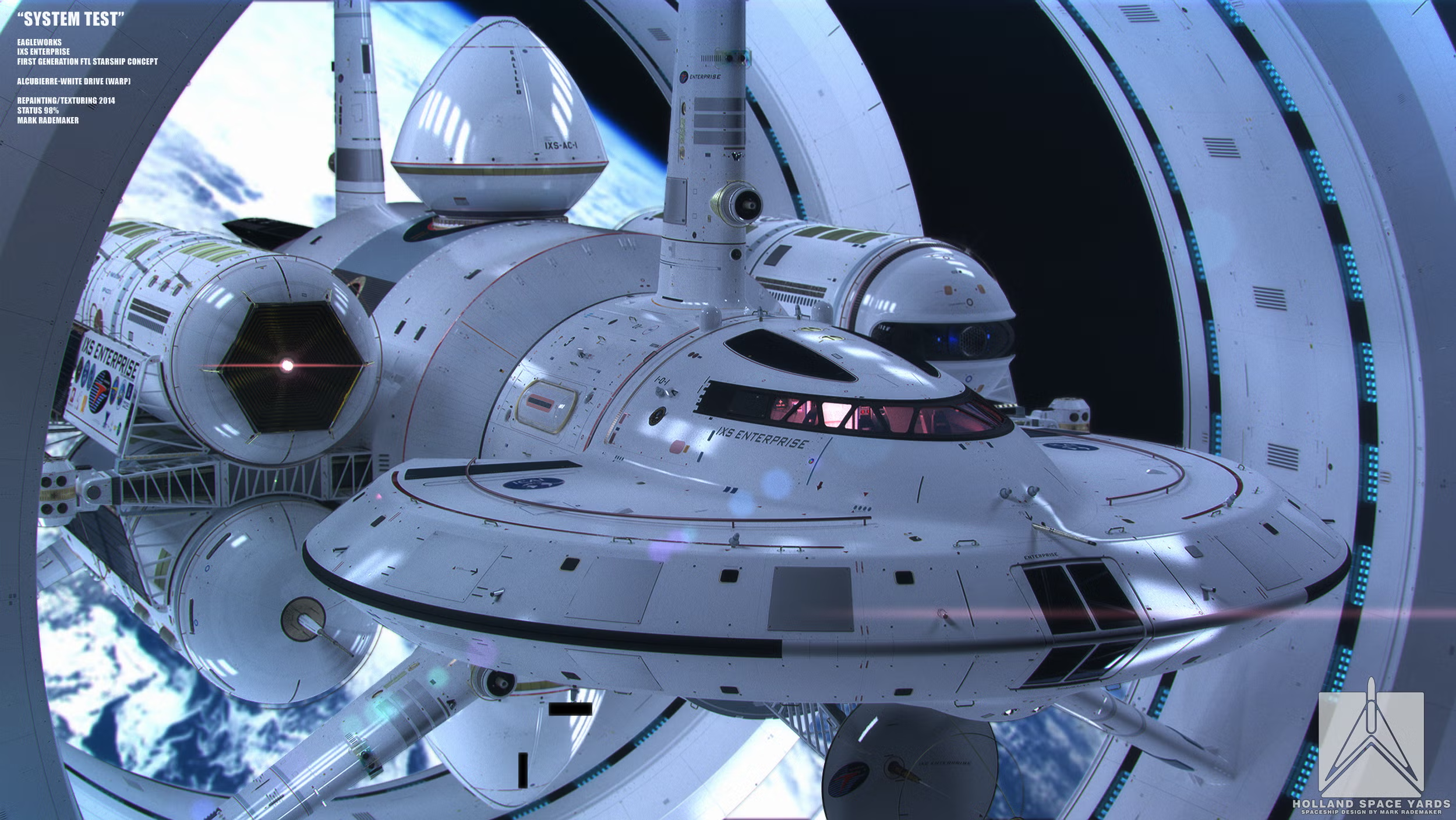

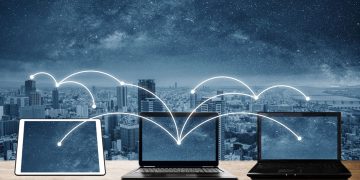

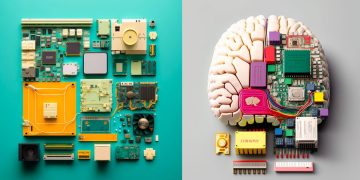
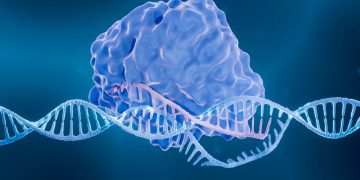

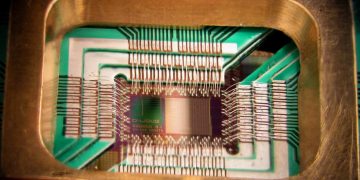
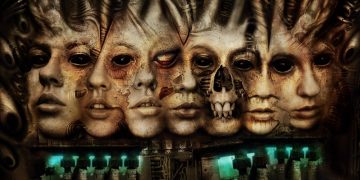
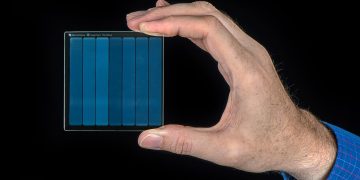
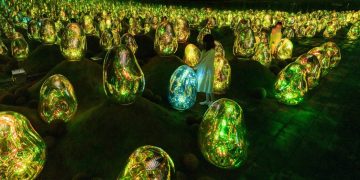
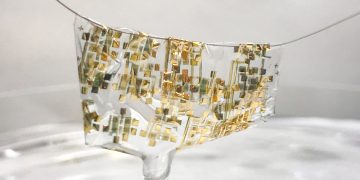
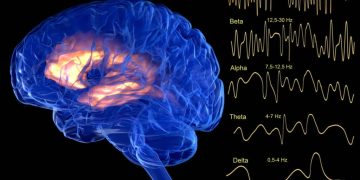













Discussion about this post